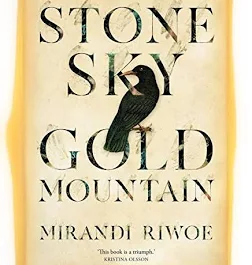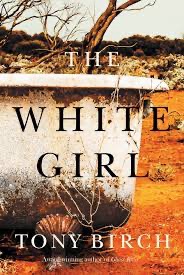Blog
Benevolence by Julie Janson
https://whisperinggums.com/2020/12/04/julie-janson-benevolence-bookreview/
Benevolence, then, is a compelling and worthwhile read. The history is good, offering First Nations readers something that more closely accords with their understanding of what happened, and non-Indigenous readers a corrective to the history we’ve been fed most of our lives. The story is engaging, with Janson treading a fine line between utter negativity and unrealistic hopefulness. I particularly liked the tone struck by the ending, but that’s for you to find out!
Indigenous Australian novel responding to Kate Grenville’s The secret river. Well, it appears that Benevolence is that novel. In her Acknowledgements, Janson, of the Darug Nation, writes that Benevolence is “a work of fiction based on historical events of the early years [1816-1842] of the British invasion and settlement around the Hawkesbury River in Western Sydney, New South Wales”. Protagonist Muraging, renamed Mary by the colonisers, is based on the author’s ancestor, Mary Ann Thomas, just as Grenville’s novel, set around the same place and time, was inspired by, though not exactly based on, her ancestor, Solomon Wiseman. There, of course, the similarity ends……
However, this book is not history but historical fiction, so the characters are inspired by a mixture of historical fact and Janson’s imagination – and it is her imagination that brings these characters to life as authentic beings, particularly Muraging, her mixed-up friend Mercy, the weak-if-well-meaning reverend Henry Smythe, and to a lesser degree Captain Woodrow
While the personal implications of colonialism and dispossession are conveyed through Muraging’s story, Janson reinforces this with historical fact, including references to documented massacres, discussions between characters about current events, and the occasional appearance of a governor (like Macquarie, like Gipps.) Janson also opens selected chapters with specific historical information. Chapter 4 (“1818: White people things”), for example, begins with an excerpt from the Sydney Gazette reporting massacres from, of course, the settler perspective. Chapter 20 (“1835: Deerubbin, The Hawkesbury River”) commences with a statement about Governor Bourke passing “the Proclamation of terra nullius”. And so on. These occasional documentary facts anchor Muraging’s story in the historical timeline.
Speculative Fiction of Australian Historical….Terra Nullius example
histories are Clare G. Coleman’s Terra Nullius (2017)
and Terry Pratchett’s The Last Continent (1998).
Both are atypical engagements with Australian
history that examine influences on Australian cultural
behaviour and evolution through re-imagined
interactions with the nation’s history, environment
and mythologies. Janice Liedl (2015) asserts that
when a history is presented speculatively, “the
differences it presents can be strong enough to
suggestively reshape the audience’s understanding
of the past” (p. 289). She suggests that the
very nature of science-fiction adds a “what if?”
component to storytelling that forces the reader
to rethink what is already known and to wonder
if, indeed, there are other ways to view the past.
Building on this assertion, it can be seen through
engagement with these texts that the alien setting of
speculative fiction makes it possible for the student
of history to engage with historical thought in a new
way, extramural to the usual and culturally defined
notions of that histor


